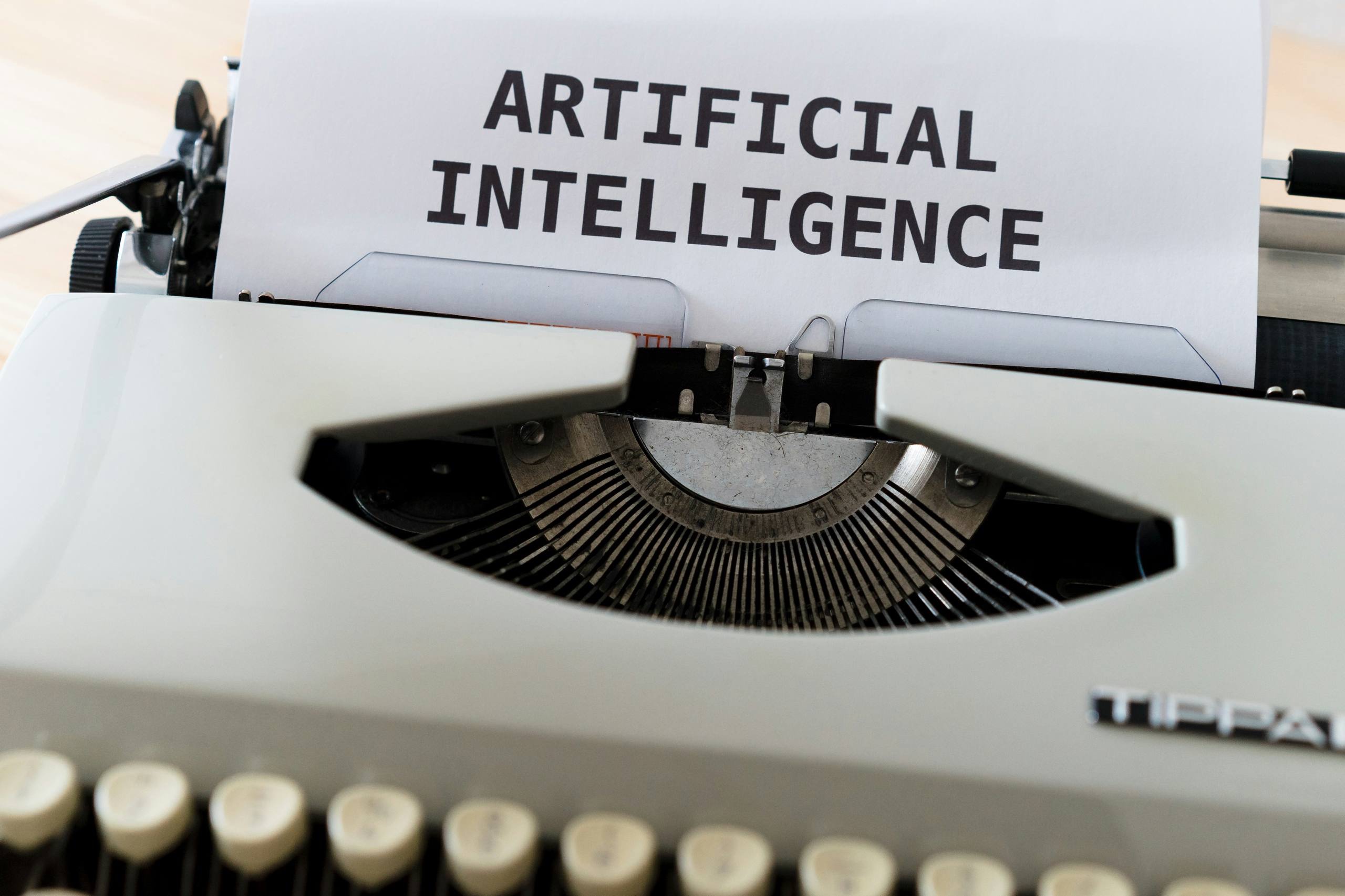The push for EU AI Independence is gaining significant momentum as the European Union officially unveils its landmark “Apply AI” strategy. This ambitious initiative is designed to fundamentally reduce the bloc’s technological reliance on dominant players from the United States and China. By championing the development of homegrown European-based AI tools, the EU aims to fortify its security, enhance industrial resilience, and sharpen its competitive edge on the global stage.
The strategy marks a pivotal moment in the EU’s digital policy, moving beyond regulation to active industrial development. At its core, “Apply AI” is a direct response to the geopolitical reality that most advanced AI technologies, from foundational models to cloud infrastructure, are controlled by a handful of non-European corporations. This concentration of power poses significant risks to the continent’s economic autonomy and data security, particularly in strategic sectors that are vital for its future prosperity and safety.
The Strategic Imperative Behind ‘Apply AI’
The global technology landscape has long been a two-horse race between American innovation hubs and rapidly advancing Chinese tech giants. For years, European industries have been major consumers of this technology, integrating it into everything from logistics to consumer applications. However, this dependency has come with growing concerns. The reliance on foreign AI systems creates vulnerabilities, as access to critical technology could be influenced by the geopolitical interests of other nations.
Furthermore, the data generated within the EU is often processed and stored on servers outside its jurisdiction, raising questions about privacy and control under regulations like GDPR. The “Apply AI” strategy is therefore not just a technological goal but a geopolitical necessity. It is the EU’s declaration that it intends to become a creator, not just a consumer, in the artificial intelligence revolution, ensuring that its digital future is built on European values and standards.
Securing Critical Sectors with European AI
The primary focus of the “Apply AI” initiative is to bolster sectors critical to national security and public welfare. In healthcare, for example, the development of European AI tools could revolutionize diagnostics and treatment personalization while ensuring sensitive patient data remains protected within the EU’s stringent privacy framework. This prevents a scenario where foreign entities control the algorithms that influence life-or-death medical decisions.
Meanwhile, the defense implications are equally critical. Modern military and cybersecurity operations are increasingly reliant on artificial intelligence for intelligence analysis, autonomous systems, and threat detection. Achieving EU AI Independence in this domain is paramount to maintaining a credible and autonomous security posture, free from reliance on external technologies that could come with built-in backdoors or be subject to foreign export controls during a crisis.
In the manufacturing sector, which forms the backbone of economies like Germany, European-developed AI can drive the next wave of automation and smart factories. This enhances efficiency and competitiveness, ensuring that European companies can compete globally. By fostering local AI solutions, the EU also protects valuable industrial data and intellectual property from being siphoned off by external tech platforms.
Overcoming Data and Talent Hurdles
A significant challenge on the path to EU AI Independence is the existing gap in data access and specialized talent compared to the US and China. American tech firms benefit from vast, centralized datasets from their global user bases, while Chinese companies have access to massive domestic data pools with state support. The EU’s fragmented data landscape across 27 member states has historically been a barrier to training powerful AI models.
To address this, the “Apply AI” strategy includes provisions for creating common European data spaces, allowing for secure data sharing for research and development purposes. Moreover, the initiative will channel significant funding into AI research and education programs to cultivate and retain top talent within the continent. The goal is to create a self-sustaining ecosystem where European innovators have the resources, data, and collaborative environment needed to build world-class AI technologies from the ground up.
Inside the ‘Apply AI’ Strategy: A Multi-Faceted Approach
The “Apply AI” strategy is far more than a simple funding announcement; it is a comprehensive plan that integrates policy, investment, and regulation to create a thriving European AI ecosystem. This multi-faceted approach recognizes that achieving technological sovereignty requires action on several fronts simultaneously, from nurturing startups to setting global standards for trustworthy AI. This effort is designed to build a foundation that can support long-term growth and innovation.
At its heart, the strategy aims to leverage the EU’s unique strengths, including its strong industrial base, world-class research institutions, and a regulatory environment that prioritizes ethical considerations. By combining these elements, the EU hopes to carve out a distinct identity in the global AI landscape as a leader in human-centric and reliable artificial intelligence, turning its regulatory principles into a competitive advantage.
Fostering Innovation Through Funding and Collaboration
A cornerstone of the “Apply AI” initiative is the strategic allocation of public and private funding to accelerate research and deployment. Programs like Horizon Europe and the Digital Europe Programme are being mobilized to provide grants and investments for high-risk, high-reward AI projects. The focus is not only on foundational research but also on the application of AI in small and medium-sized enterprises (SMEs), which are crucial for the European economy.
Furthermore, the strategy emphasizes the creation of “AI-on-demand” platforms and testing facilities where businesses can experiment with new technologies without prohibitive upfront costs. This public-private collaboration is vital for translating academic breakthroughs into market-ready products. By fostering a network of Digital Innovation Hubs across the continent, the EU aims to ensure that businesses of all sizes can access the expertise and tools needed to integrate AI into their operations, thus driving a widespread digital transformation.
The Role of Regulation in Achieving EU AI Independence
While the US follows a market-driven approach and China a state-controlled one, the EU is positioning itself as a leader in AI governance. The landmark AI Act is a central component of its strategy for EU AI Independence. This regulation, as detailed by the European Commission, is not intended to stifle innovation but to build trust in AI systems by establishing clear rules based on risk levels.
This focus on “trustworthy AI” is a key differentiator. By creating a predictable and legally certain environment, the EU believes it can attract investment and encourage the adoption of AI technologies. This regulatory framework ensures that AI systems developed or used in the EU adhere to fundamental rights, safety, and ethical principles. Ultimately, the bloc aims to establish its AI Act as a global benchmark, much like GDPR did for data privacy, creating a market for ethical technology where European companies are uniquely positioned to lead.
Challenges and the Road Ahead for European AI
Despite the ambitious vision of the “Apply AI” strategy, the path to achieving genuine technological sovereignty is fraught with challenges. The European Union is starting from a position of trying to catch up with the United States and China, both of which have a significant head start in terms of investment, market capitalization of their tech companies, and existing digital infrastructure. The scale of private R&D spending by giants like Google, Amazon, and Baidu dwarfs what is currently allocated in Europe.
Overcoming this gap will require sustained political will, long-term investment, and seamless coordination among the 27 member states, which can sometimes prove difficult. The risk of fragmentation, where different national priorities pull in different directions, remains a significant hurdle. Ensuring that the entire bloc moves in concert will be critical to pooling resources effectively and creating a single market for AI innovation that is large enough to compete globally.
Competing with Big Tech’s Dominance
One of the most formidable obstacles is the entrenched market dominance of non-EU Big Tech companies. These corporations not only lead in AI model development but also control the underlying cloud infrastructure (like AWS, Microsoft Azure, and Google Cloud) where most AI applications are run. European AI startups often find themselves dependent on these very platforms to scale their services, creating a cyclical reliance.
To counter this, the “Apply AI” strategy aims to support the development of a competitive European cloud infrastructure and promote interoperability standards that prevent vendor lock-in. The goal is to create an environment where European innovators can build and scale their solutions without being entirely dependent on the ecosystem of their main competitors. This will require massive investment and a concerted effort to foster homegrown champions capable of operating at a global scale.
Navigating Geopolitical Tensions for EU AI Independence
The pursuit of EU AI Independence is unfolding within a complex and often tense geopolitical landscape. The strategic competition between the United States and China has turned technology into a central battleground, with disputes over everything from semiconductors to AI algorithms. The EU must navigate this dynamic carefully, balancing its desire for autonomy with its long-standing transatlantic partnership with the US.
This requires a delicate diplomatic approach. The EU will need to collaborate with like-minded partners on shared values like democratic principles in AI governance while simultaneously competing to protect its economic interests. The success of the “Apply AI” strategy will therefore depend not only on technological and economic factors but also on the EU’s ability to assert its position as a strong, independent, and influential player in the global digital order.
In summary, the “Apply AI” strategy represents the European Union’s most determined effort yet to shape its own digital destiny. It is an acknowledgment that in the 21st century, technological sovereignty is inextricably linked to economic prosperity and security. While the road ahead is challenging and the competition is fierce, the EU is laying the groundwork to become a formidable power in the world of artificial intelligence, built on a foundation of innovation, collaboration, and its own unique values.
For more in-depth analysis of global technology trends and digital policy, continue exploring other articles on Olam News.









